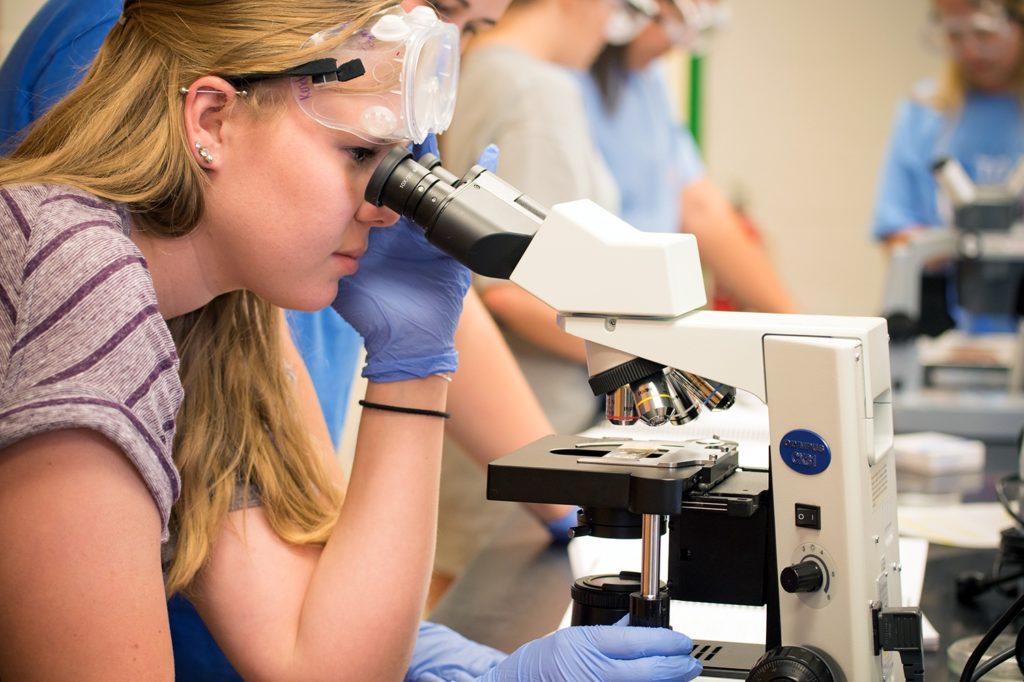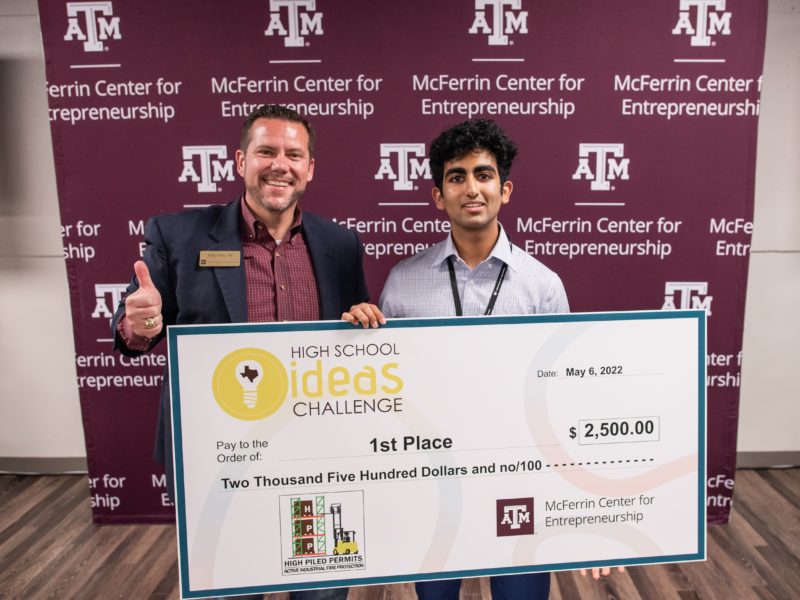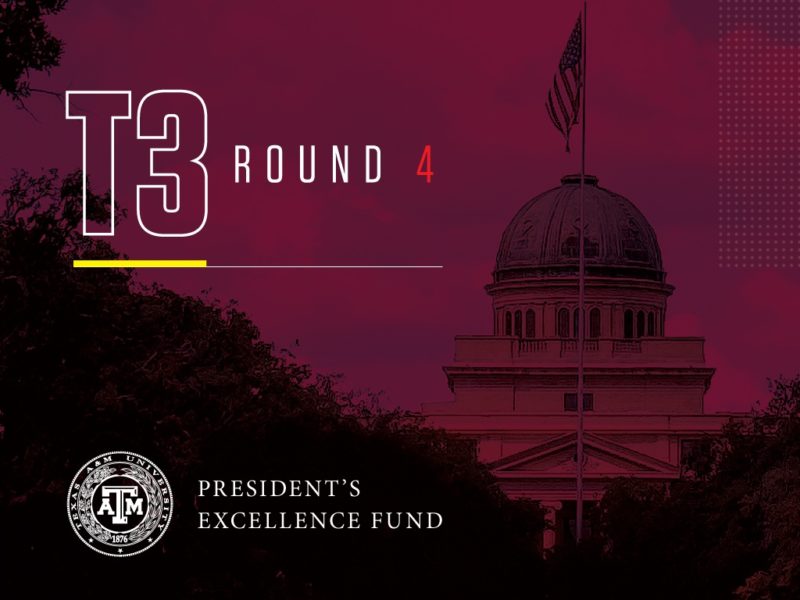They can be found in the strangest of places beyond the long-since-forgotten box in the attic, including the random biology graduate’s niece’s library or within the collective stack comprising the perfect Texan-themed wall display in one of Aggieland’s newest boutique hotels.
Pick an edition, any edition (10 and counting) of Campbell Biology, the most widely-used introductory biology textbook in North America that’s more commonly, if not notoriously, known by generations of college students as the most expensive book resellers rarely buy back. The physically and financially imposing tome, published by Pearson, is required for all gateway biology courses at many institutions, including Texas A&M University. Soon, all Texas A&M students who are required to take introductory biology courses can expect to save a combined $600,000 per year thanks to a collaborative open-source textbook initiative from the Texas A&M University Libraries and the Texas A&M Department of Biology.
This summer, Texas A&M biology will make the switch from Campbell Biology to the OpenStax Introductory Biology textbook, an open-source product created under a Creative Commons license that allows for customization to suit both professor and course-specific needs. The online version of the text is free to students, and printed versions can be obtained at the student’s discretion for a nominal fee.
“The biology faculty were impressed with the quality of the OpenStax product and the ability to customize it,” said David H. Carlson, dean of University Libraries. “The OpenStax product is bundled with the same auxiliary resources – videos, activities, homework assignments, quiz questions – as the commercial product, which makes adoption simple for the faculty. The OpenStax text also can be divided into BIOL 111 and 112 versions to make them more user-friendly for the students and applicable for the respective courses.”
Carlson cites the University Libraries’ Open Access Textbook Initiative as proof of Texas A&M’s commitment to the broad benefits of open educational resources — a sentiment echoed by OpenStax representatives.
“A major research institution like Texas A&M University has high standards for the resources used in its courses,” said Nicole Finkbeiner, associate director for institutional relations at OpenStax. “By adopting OpenStax Biology, Texas A&M University is joining over 4,200 other institutions from around the world that value the quality, flexibility and affordability of OpenStax textbooks.”
Continue reading on the College of Science website.
###
Media contact: Shana K. Hutchins, (979) 862-1237 or shutchins@science.tamu.edu; Dr. David H. Carlson, (979) 845-8111 or davidhcarlson@tamu.edu or Dr. Wayne K. Versaw, (979) 845-7747 or wversaw@bio.tamu.edu.






